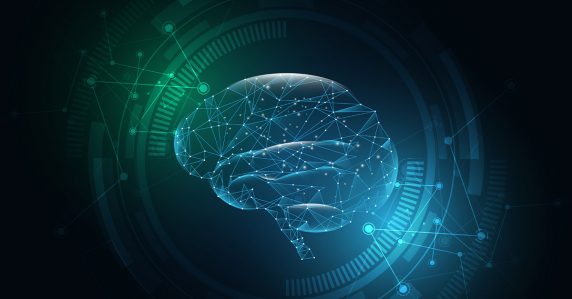New Trends Shaping Customer Experience

Now that we are in the summer this year, we can step back and take an assessment of 2018 customer experience trends and how they are impacting the marketplace. The industry has faced new challenges and developed a wealth of new approaches to overcome those challenges.
Customer experience continues to be a hot topic. Here are several of the hottest trends dominating the spotlight.
Chatbots Drive Customer Experience Trends
Chatbots are everywhere now, and with natural language processing, they are delivering exceptional customer service. In fact, Facebook Messenger has over 100,000 chatbots deployed across the app. In the IoT era, companies are deploying chatbots for booking reservations, account support, even makeup tips, which is offered by Sephora. With the increasing implementation of chatbots as a method to lessen reliance upon more expensive, conventional customer service options, chatbots will become a major source of customer feedback data.
AI in Customer Experience Trends
Artificial intelligence (AI) is also a hot customer experience trend that will continue to expand. AI is ubiquitous in almost every element of business operations as organizations seek ways to advance an exceptional customer experience and strengthen relationships with consumers. One area that AI is transforming is the analysis of customer feedback, specifically unstructured feedback, which is generally defined as open-ended feedback.
Open-ended feedback offers excellent insights into what your clients feel about their customer experience. However, analyzing this data can require extra time to identify emerging trends or extract key data. AI shortens the time it takes to perform accurate analysis, which gives your marketing department a treasure trove of data to mine. This is why only AI driven knowledge management solutions can deliver excellent customer experience.
Knowledge Management and eLearning
Knowledge management continues to drive the trend in eLearning as a viable, cost-effective way of sharing knowledge. KMS does this by making an array of tasks for building an excellent eLearning course much easier.
1. Building an online, centralized Resource Library. While collaboration is crucial to online learning, many self-paced learners want the ability to build skills and expand their knowledge at their own speed. The centralized Resource Library allows you to add eLearning infographics, online presentations, simulations, and online videos that are accessible at any time.
2. Identifying knowledge sources. You can identify talent within your audience through eLearning through interviews, eLearning assessments, and use surveys. Once identified, you can create a mentorship program and invite users to create their own materials.
3. Knowledge sharing needs involvement from the online learner. To promote greater engagement and better customer experience, you need to make the process of sharing knowledge and experiences seamless. eLearning capabilities in knowledge management offer that streamlined process.
Chatbots, AI, and eLearning continue to be the hot buzzwords of 2018, as these capabilities are continuously improving the customer experience in knowledge management.




